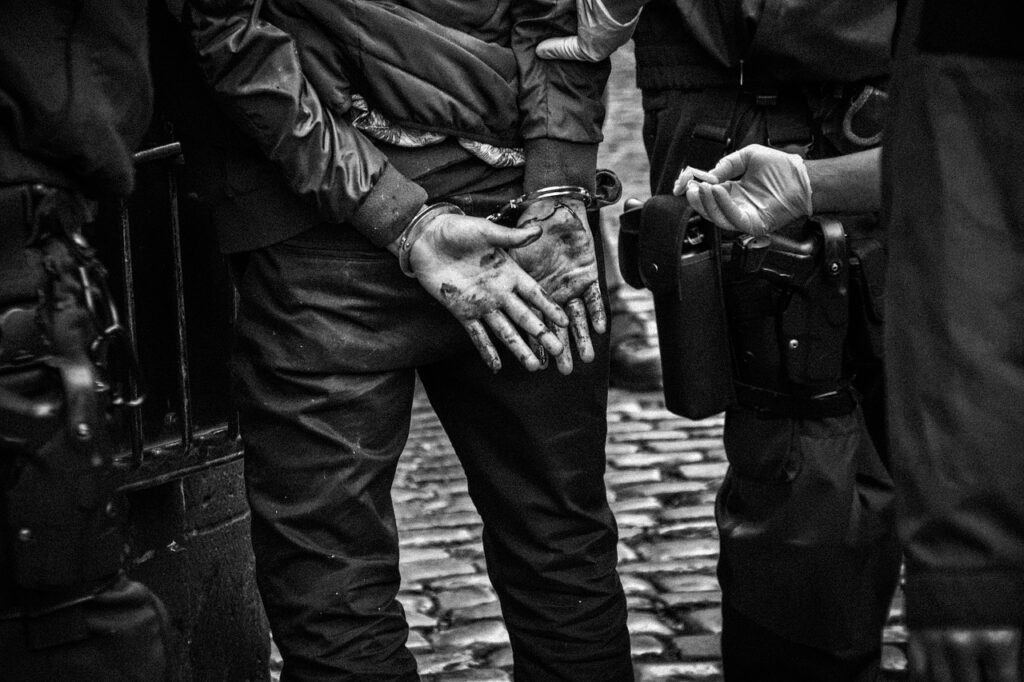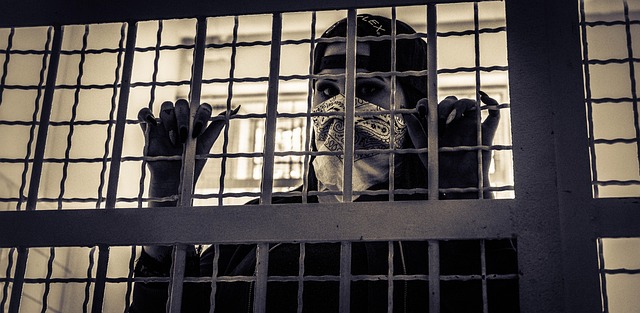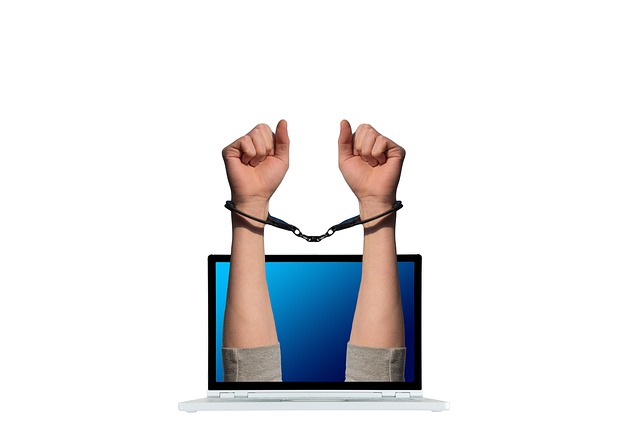From Arrest to Acquittal: A Criminal Defense Story
Introduction
In the world of criminal law, every case tells a story — one filled with tension, strategy, setbacks, and, sometimes, victory. For the accused, the journey from arrest to acquittal can feel like walking a tightrope, where every step could mean freedom or imprisonment. This article walks you through a fictional yet realistic criminal defense case from start to finish, shedding light on what happens behind the scenes in the legal system. While names, places, and details have been changed, the processes and strategies are rooted in real-world criminal defense practice.
Our story follows Daniel Carter, a small business owner accused of a serious crime he did not commit. His path from the moment police knocked on his door to the moment the judge announced his acquittal is a testament to the importance of due process, the skill of a defense attorney, and the resilience of the accused.
The Arrest
The Knock at the Door
It was a rainy Thursday morning when Daniel Carter’s life changed. He was preparing invoices at his home office when he heard a firm knock. Expecting a delivery, he opened the door — only to be greeted by two uniformed police officers. Without much explanation, they placed him under arrest for aggravated assault, a charge that carried a potential prison sentence of over a decade.
Miranda Rights
The officers read Daniel his Miranda rights — informing him of his right to remain silent and his right to an attorney. While nervous, Daniel remembered advice he had once read: Do not answer questions without a lawyer present. He exercised that right immediately, politely refusing to speak.
Booking and Processing
Daniel was taken to the police station for booking. His personal belongings were confiscated, his fingerprints and photographs taken, and he was placed in a holding cell. Within hours, he appeared before a magistrate for a bail hearing.
The First Legal Step: Bail Hearing
Setting Bail
The prosecutor argued that Daniel was a “flight risk” and a potential threat to the community, seeking to deny bail. However, Daniel’s attorney, whom his family quickly hired, presented strong evidence of his ties to the community — a long-term residence, a stable business, and no prior criminal record. The judge set bail at $50,000, which Daniel’s family was able to post through a bail bondsman.
Building the Defense
Hiring the Right Attorney
Daniel’s family retained Laura Bennett, a seasoned criminal defense lawyer with over 20 years of trial experience. Her first move was to gather the facts and secure evidence before it disappeared.
Initial Client Interview
Laura met with Daniel in her office to get his side of the story. According to Daniel, he had been at a local restaurant when an altercation broke out between two patrons. He insisted he was not involved, but one of the men later identified him as the assailant.
Investigating the Case
Laura immediately sent her investigator to:
-
Collect surveillance footage from the restaurant and nearby businesses.
-
Interview witnesses who were present.
-
Examine the police report for inconsistencies.
-
Request phone GPS data to verify Daniel’s movements.

Pre-Trial Proceedings
The Arraignment
At Daniel’s arraignment, he entered a plea of “Not Guilty.” The court set a schedule for pre-trial motions and discovery.
Discovery Process
Under discovery rules, the prosecution was required to share all evidence in their possession. Laura reviewed police reports, witness statements, and forensic evidence. She noticed discrepancies — one witness claimed Daniel was wearing a leather jacket, while another said he wore a hoodie. The restaurant footage also appeared incomplete, with a crucial 10 minutes missing.
Filing Motions
Laura filed several pre-trial motions:
-
Motion to Suppress Evidence — arguing that part of the police search was conducted without a proper warrant.
-
Motion for Discovery Compliance — demanding the full, unedited surveillance video.
-
Motion to Dismiss Charges — citing insufficient evidence.
The Trial
Jury Selection
The trial began with voir dire, the process of questioning potential jurors. Laura carefully eliminated jurors who might be biased against someone accused of violent crime. She looked for individuals willing to uphold the presumption of innocence.
Opening Statements
The prosecution painted Daniel as a man with a “short temper” who had assaulted a stranger without provocation. Laura countered with a simple, powerful statement:
“This case is about mistaken identity. My client was in the wrong place at the wrong time, and the evidence will prove it.”
The Prosecution’s Case
The state called:
-
The alleged victim, who insisted Daniel was the attacker.
-
Two eyewitnesses, whose descriptions of the suspect did not match each other.
-
A police officer, who testified about arrest procedures.
Laura cross-examined each witness skillfully:
-
She exposed contradictions in their testimonies.
-
She revealed that the victim had been drinking heavily at the time.
-
She showed the officer failed to secure the full video footage before it was overwritten.
The Defense’s Case
Presenting Evidence
Laura presented:
-
Alibi evidence from phone GPS data showing Daniel left the restaurant before the fight started.
-
Witness testimony from the bartender, who confirmed Daniel paid his bill and exited minutes before the altercation.
-
Partial surveillance footage that, although incomplete, showed a man wearing clothing unlike Daniel’s leaving at the time of the fight.
Daniel Testifies
Against common advice, Daniel chose to testify. Calm and composed, he described his evening and denied involvement. Laura prepared him thoroughly to handle the prosecutor’s aggressive questioning.
Closing Arguments
The prosecution urged the jury to trust the victim’s identification. Laura reminded them of the burden of proof:
“If there is reasonable doubt — and there is plenty here — you must find Daniel Carter not guilty.”
The Verdict
After three hours of deliberation, the jury returned. The courtroom fell silent as the foreperson read:
“We find the defendant… NOT GUILTY.”
Daniel broke down in tears, his family embracing him. His ordeal was finally over.
Lessons From This Case
-
Exercise Your Right to Remain Silent — Anything said to police can be used against you.
-
Hire Experienced Legal Counsel — A skilled defense lawyer can spot weaknesses in the prosecution’s case.
-
Preserve Evidence Quickly — Surveillance footage and witness memories fade fast.
-
Understand the Burden of Proof — The prosecution must prove guilt beyond a reasonable doubt.
-
Stay Composed During Trial — Jurors observe demeanor and credibility.
Conclusion
Daniel’s journey from arrest to acquittal demonstrates the complexities of the criminal justice system and the importance of a strong defense. While not every accused person is innocent, our legal system is built on the principle that it is better for a guilty person to go free than for an innocent person to be wrongfully convicted.
Criminal defense is not about “getting people off” — it is about ensuring fairness, protecting constitutional rights, and making sure that justice is served. For Daniel, justice meant freedom.
THANKS TO READ MY ARTICLE OF FROM ARREST TO ACQUITTAL: A CRIMINAL DEFENSE STORY
IF YOU WANT MORE ARTICLES OF THIS TYPE PLEASE CLICK HERE

